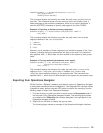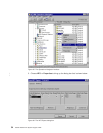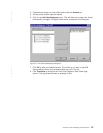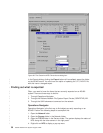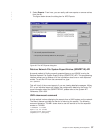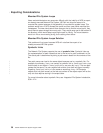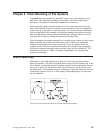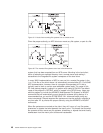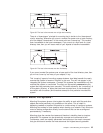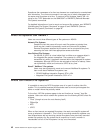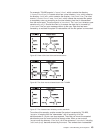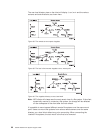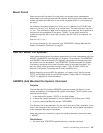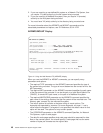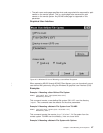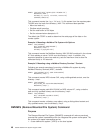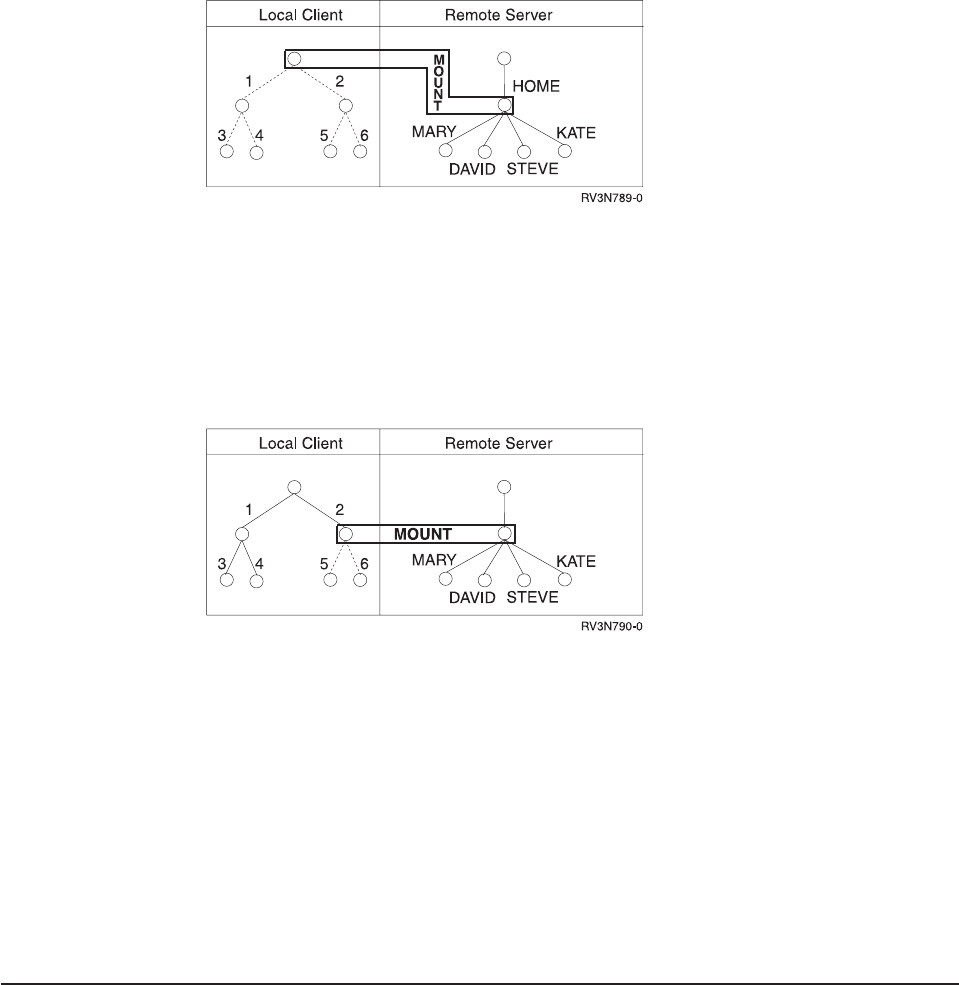
There is a “downstream” principle for mounting that is similar to the “downstream”
rule for exporting. Whenever you mount a remote file system over a local directory,
all of the objects “downstream” of the mount point are “covered up”. This renders
them inaccessible to the local namespace. If you mount at a high level of a local
directory tree, then you will cause most of your objects to become inaccessible.
If you mount remote file systems over a lower point of the local directory tree, then
you will not “cover up” as many of your objects, if any.
This “covering” aspect of mounting causes whatever local data beneath the newly
mounted file system to become “invisible” to the user. They will not appear in the
integrated file system namespace. “Covered” file systems are inaccessible until the
mounted file system is unmounted. The client can dynamically unmount any file
system that has previously been mounted. This action allows for the “uncovering” of
a file system, directory, or object that has been mounted over. It also breaks the
connection with the server (and therefore access) for that particular mounted file
system.
Why Should I Mount File Systems?
Mounting file systems gives a client system the ability to work with files and other
objects that were previously only available on the server. This is helpful in
dispersing needed or important information to a wide variety of users and systems.
Mounting also makes for less repetition when starting up a network. Each client can
mount a startup configuration directly from the server that can be re-configured
spontaneously, if necessary.
Mounting gives the remote client ease and freedom in deciding how to structure
directories. File systems can be dynamically mounted and unmounted at will.
Furthermore, users can specify parameters and options on the mount command
that give clients and servers the most resources and highest security possible.
Figure 33. The local client mounts over a high-level directory
Figure 34. The local client mounts over the /2 directory
Chapter 5. Client Mounting of File Systems 41



